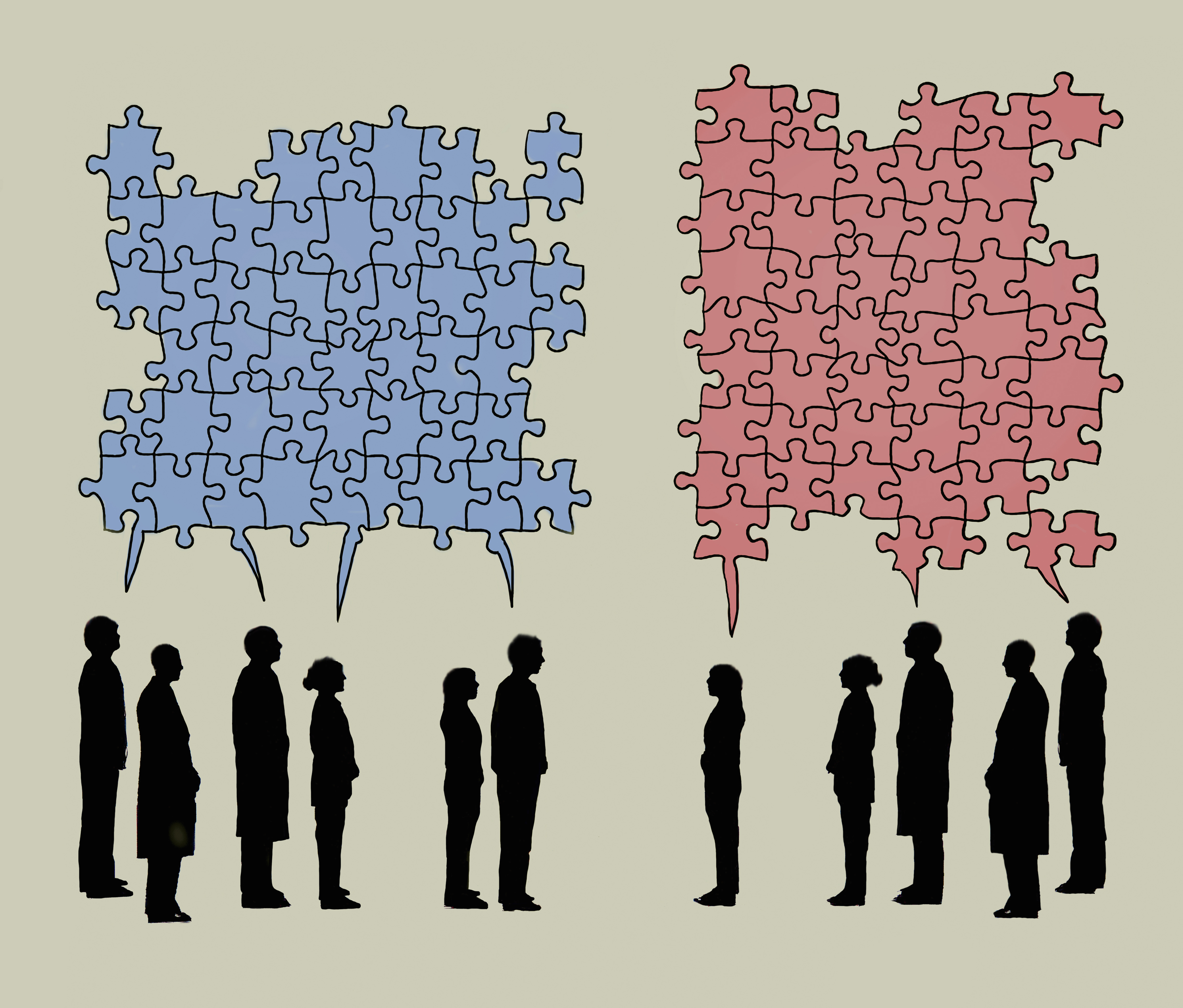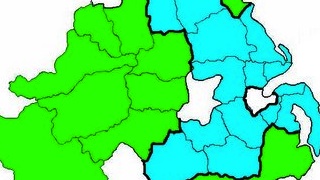Tribes in Yemen: or down the rabbit hole

A little over a week ago I wrote a post on what I saw as the tribal jockeying that was taking place against the backdrop of the protests in Yemen. Since then several newspapers have dipped their collective toes into the murky waters of tribal politics in Yemen.
There have been some very good pieces – see this piece in the Financial Times as well as Michelle Shephard’s profile of Hamid al-Ahmar – others have been, well, shall we say, not as good.
First, Hashid and Bakil are tribal confederations not monolithic blocs. This means that Husayn al-Ahmar does not speak for all of Hashid and certainly not for Bakil (hint: distrust any article that speaks of these two as tribes that move as a unit). Remember President Salih himself is from Hashid.
Second, I have been saying for years that political parties aren’t as important in Yemen as we in the west tend to believe they are there. This gets at what I see is a bigger problem. US, UK and other western officials go to Yemen – and everything looks so confusing. Then, mercifully, they realize that Yemen has political parties and institutions (just like in the west) and they imagine that what they know from the home is transferable to Yemen. (Big mistake)
While 2+2 is always 4 in the west, it almost never is in Yemen. Eventually most people who spend any time in Yemen realize this is the case, but by that point they realize that scrapping one way of looking at the country requires coming up with a new one. And, well, this is where most people throw in the towel. It is easier to go along pretending that Yemen plays by understandable rules than it is to spend years studying the place and trying to figure out which relationships and personalities matter.
All this means that in the end we get a lot of superficial analysis that treats Yemen as a place that, say, has political parties that command the loyalty and allegiance of their members.
Instead of a place like the one we saw today where Husayn al-Ahmar resigned from the ruling GPC party. (Many articles jumped the gun claiming that both Hashid and Bakil have deserted the president – this is untrue. A number of shaykhs in Bakil have put out a statement, claiming that Husayn al-Ahmar does not speak for them and indeed he does not – it isn’t even clear if he speaks for Hashid.)
But for all this, Husayn’s defection wasn’t even the biggest news in the growing conflict between what I continue to call Yemen’s two Bayt al-Ahmars. That came last night, when the Ministry of the Interior accused the bodyguards of Hamid al-Ahmar (Ar.) (an MP and the real power in the family) and Himyar al-Ahmar (the deputy speaker of parliament) of opening fire on several citizens last night in Sanaa, wounding two of them and kidnapping a third.
This confrontation eventually led to a phone call from President Salih to Himyar. During the call Salih started bad-mouthing Hamid at which point Himyar hung up on the president, who immediately called Sadiq the eldest al-Ahmar brother and the head of the Hashid tribal confederation, who had previously said he would mediate between the govt. and the JMP. (Despite his title, Sadiq doesn’t have much power in the al-Ahmar family – at least not enough to reign in Hamid.)
Incidentally, none of this would be happening if Shaykh Abullah al-Ahmar – the patriarch of the clan – and the father of the 10 rambunctious sons was still alive.
After the failed phone call the media machines of both sides went into action, trading insults and accusations. During the war of words, Himyar’s office put out a statement (Ar.) claiming that the National Security Burea (effectively but not officially commanded by Salih’s nephew Ammar) had plans to assassinate Hamid. – I kid you not, you can’t make this stuff up.
According to the deputy speaker of parliament, the NSB had photos of Hamid’s house.
Then, this morning, yet another al-Ahmar, Husayn, broke ranks with Salih’s GPC party and threw in his lot with the protesters. (Big surprise, who knew blood and family would beat out political parties in the end.)
Meanwhile, as protests continue across the country, Salih had to navigate a rebellion on a military base in Sa’dah, where troop morale is incredibly low. Days ago members of the 133 mechanized brigade went into revolt and refused to let their commander, Abd al-Malik Arar (a relative of the president) back onto base. Today, Salih caved Ar. (which will be read as yet another sign of weakness) and gave them a new commander, Salih Muhammad al-Mu’ayf. (If anyone wants the full story, read the article linked above, this post already has too many names and tangents.)
What does this mean: The increasing rhetoric and Husayn’s defection to the protesters puts Salih in a precarious position. He still has some moves but they are increasingly limited. Particularly as all of his domestic opponents are crystallizing around the single demand that he must go.
The day Mubarak fell and protests started taking place outside the umbrella of the opposition marked the beginning of the end for Salih. The only thing that happened yesterday was that the movement for his ouster picked up speed.
Note: I thought about putting in some family trees for all the parties involved, but A.) I don’t know how to configure it and B.) if you thought the above was complicated wait until you get into the politics of marriage in Yemen.





